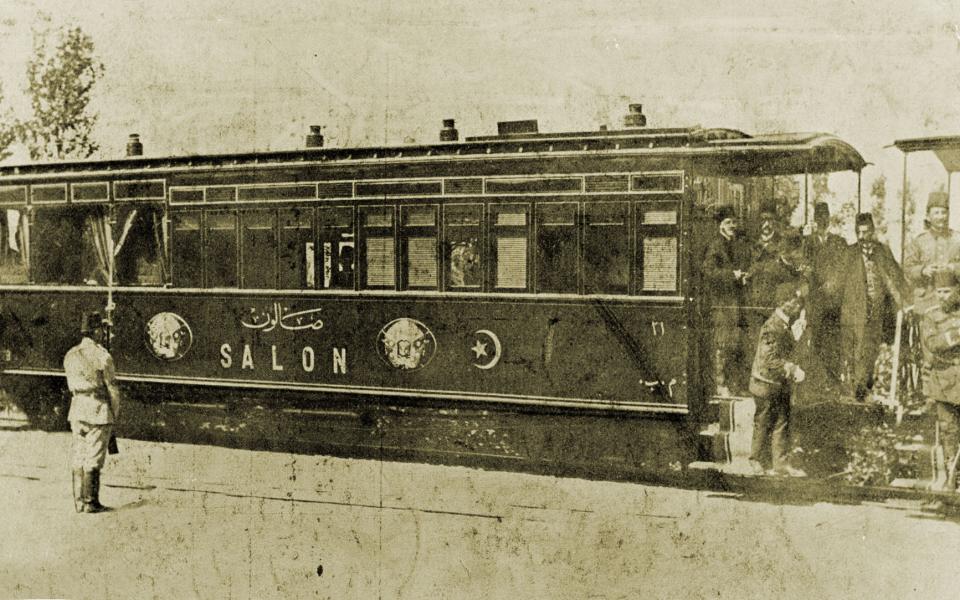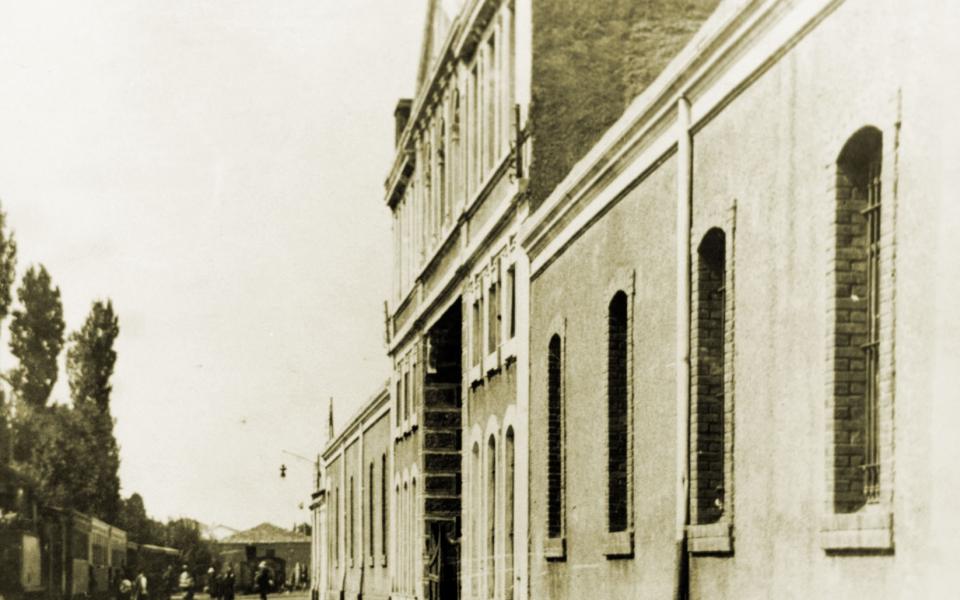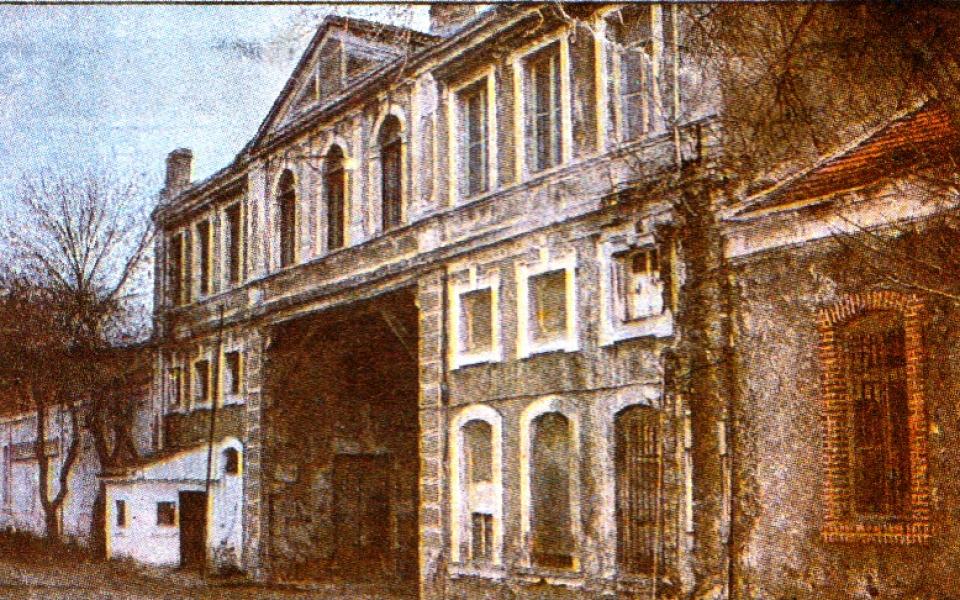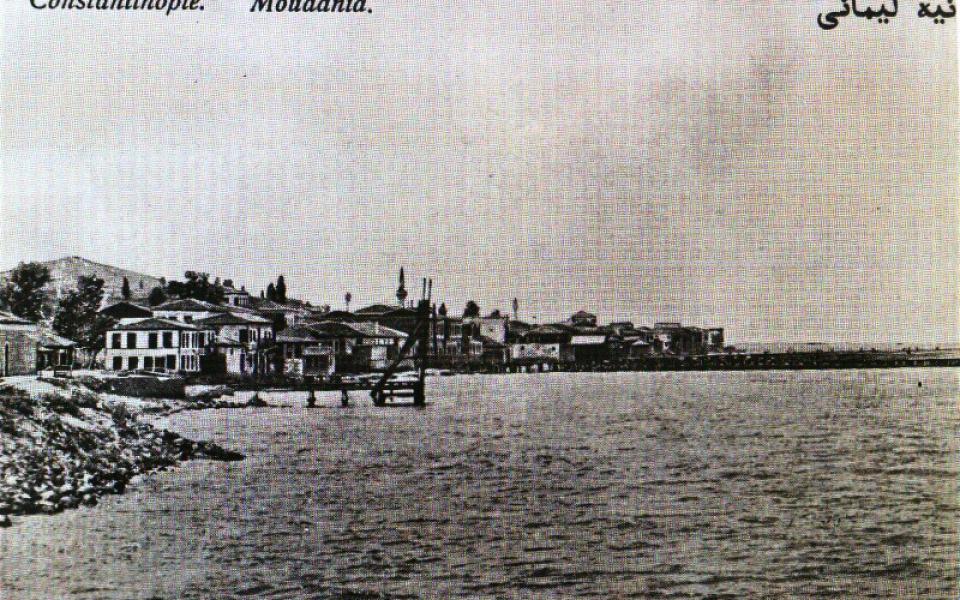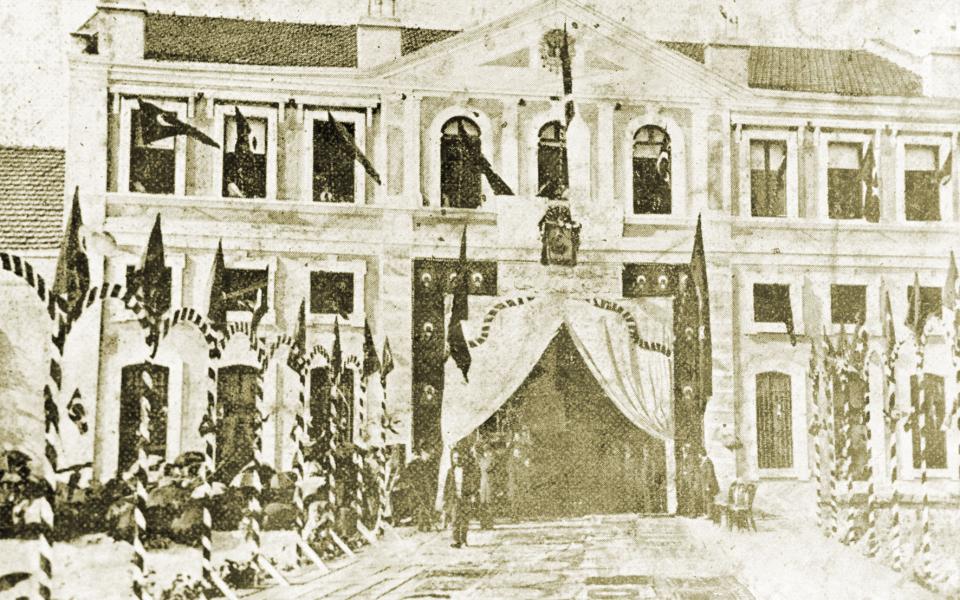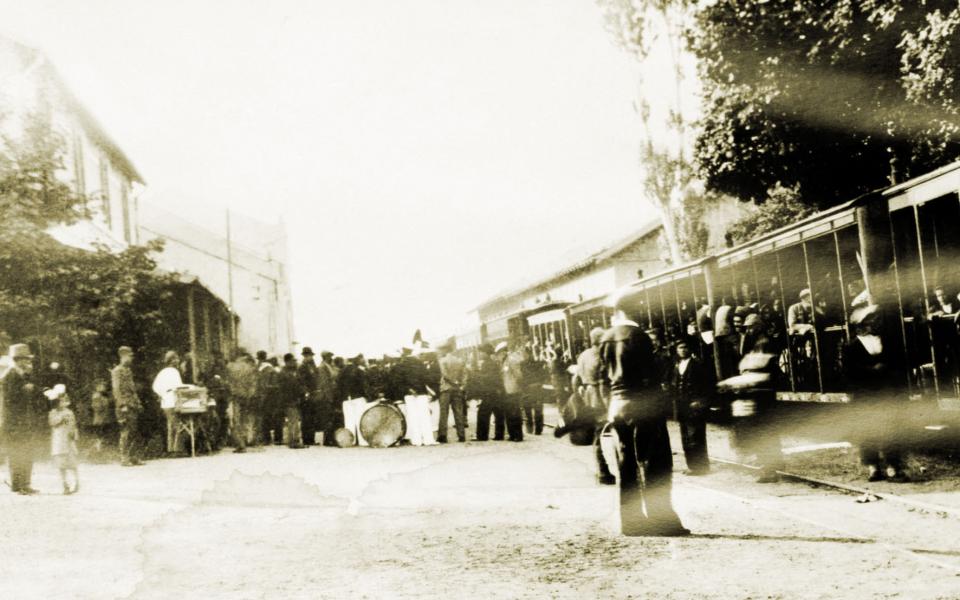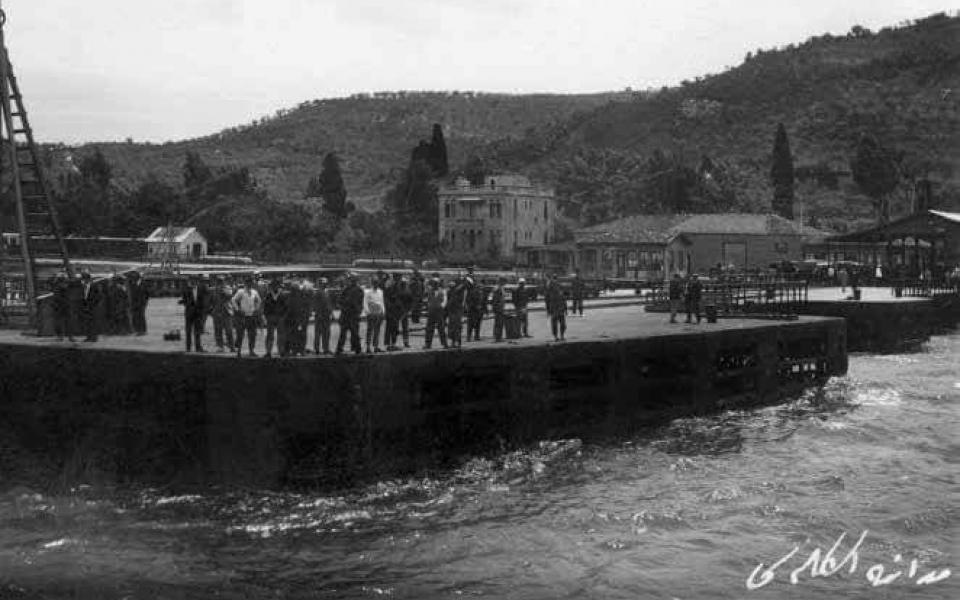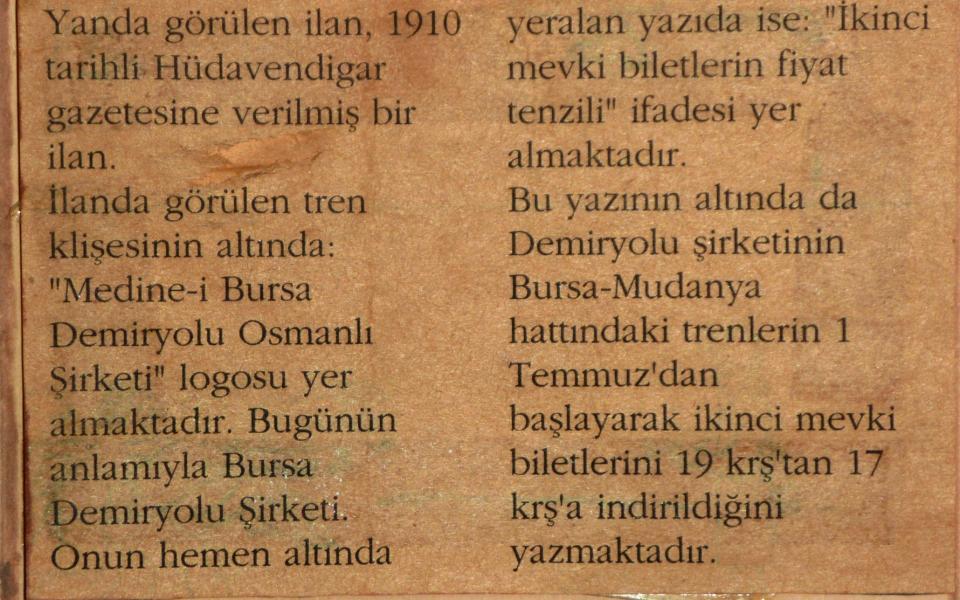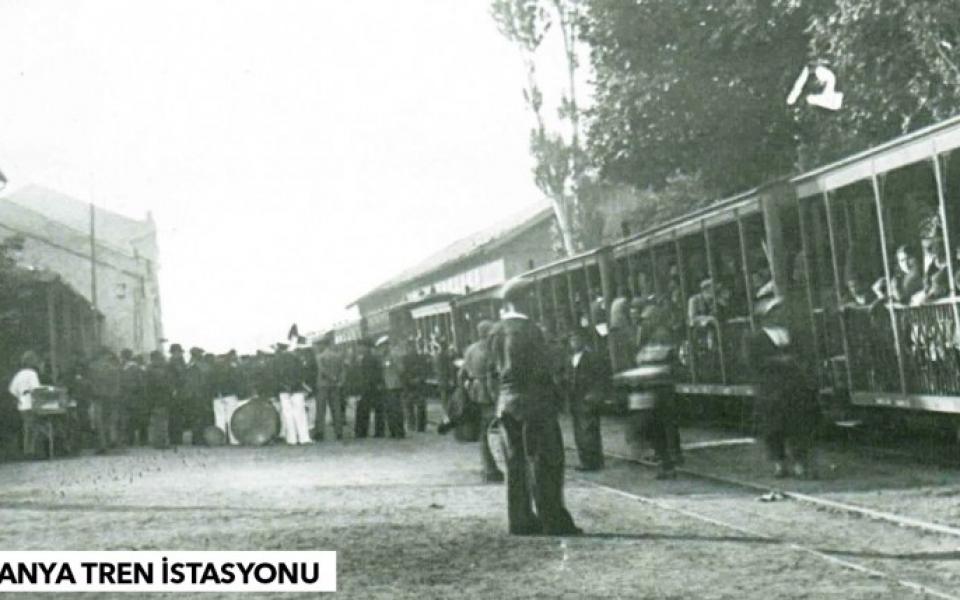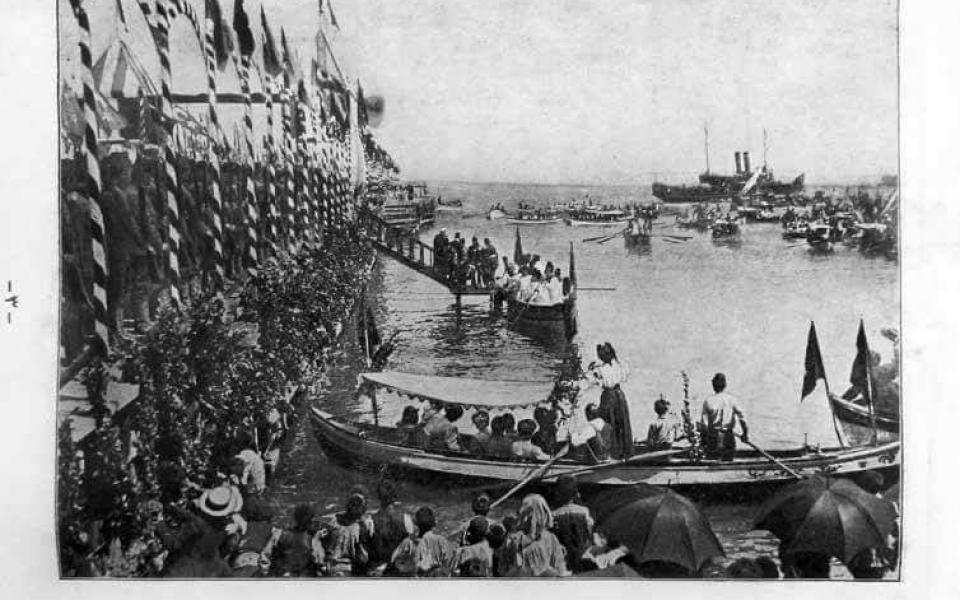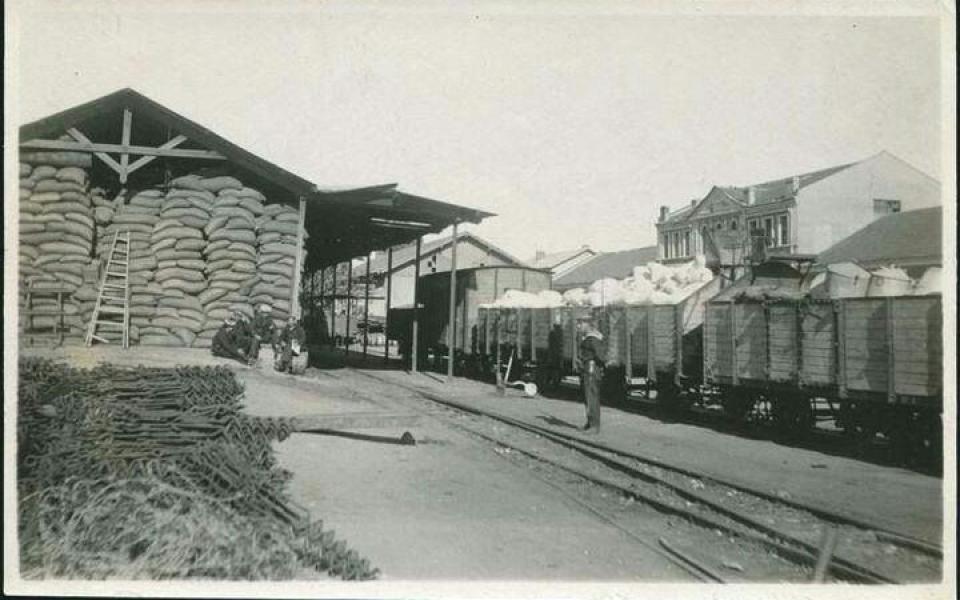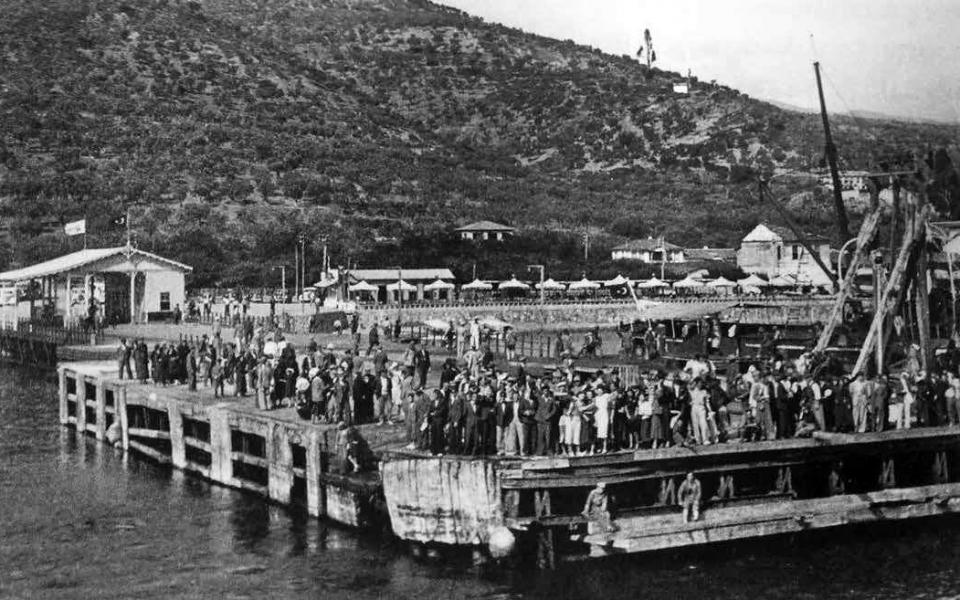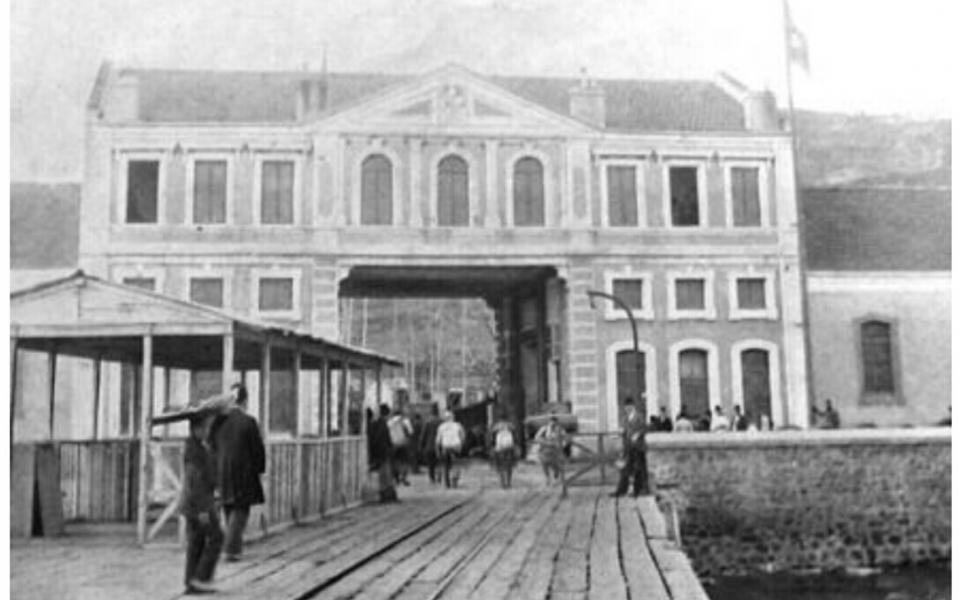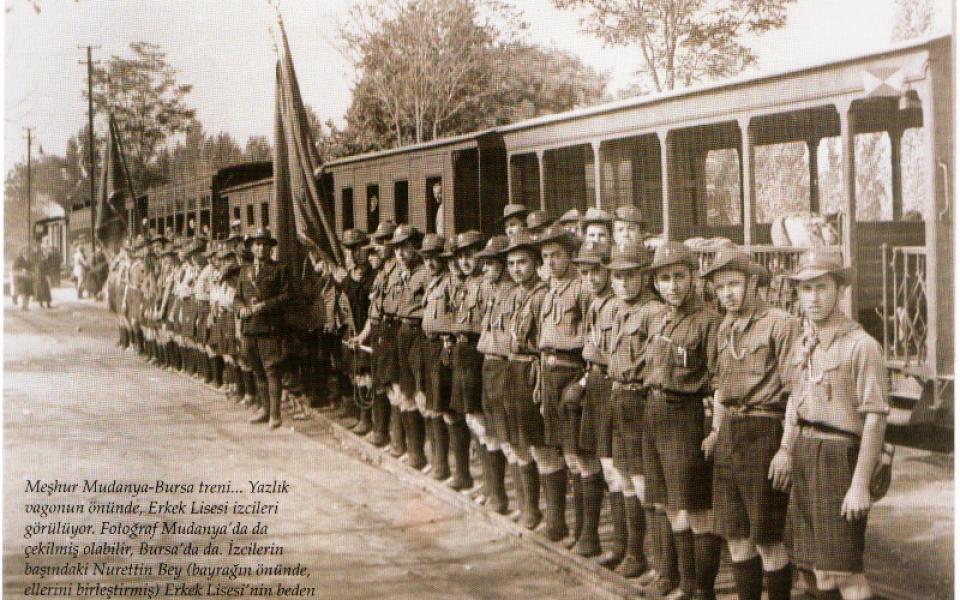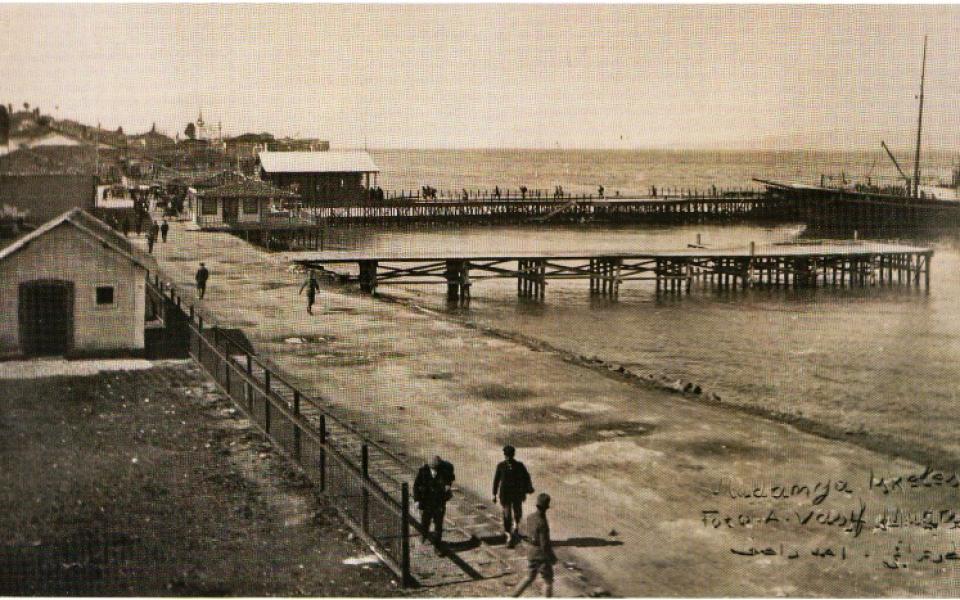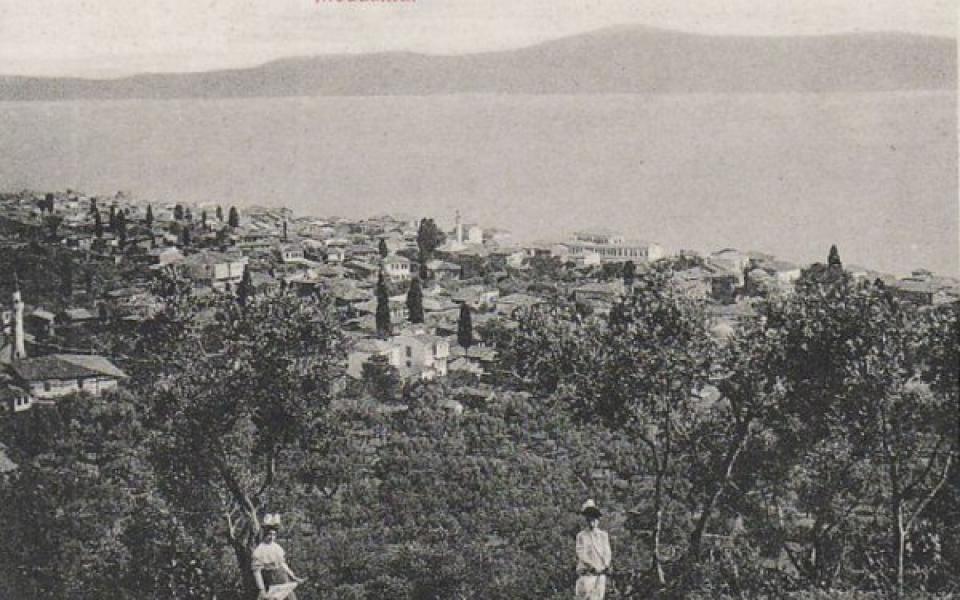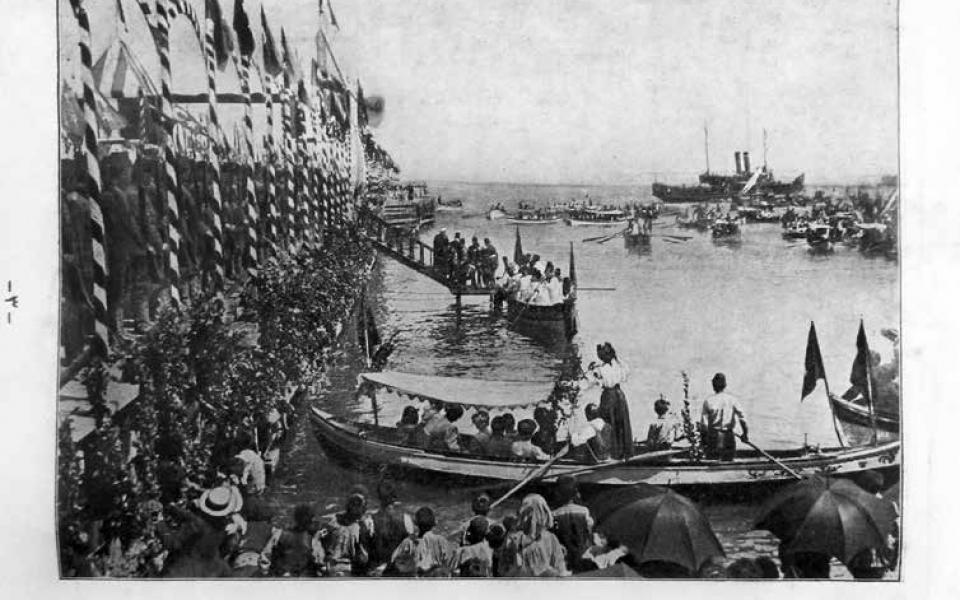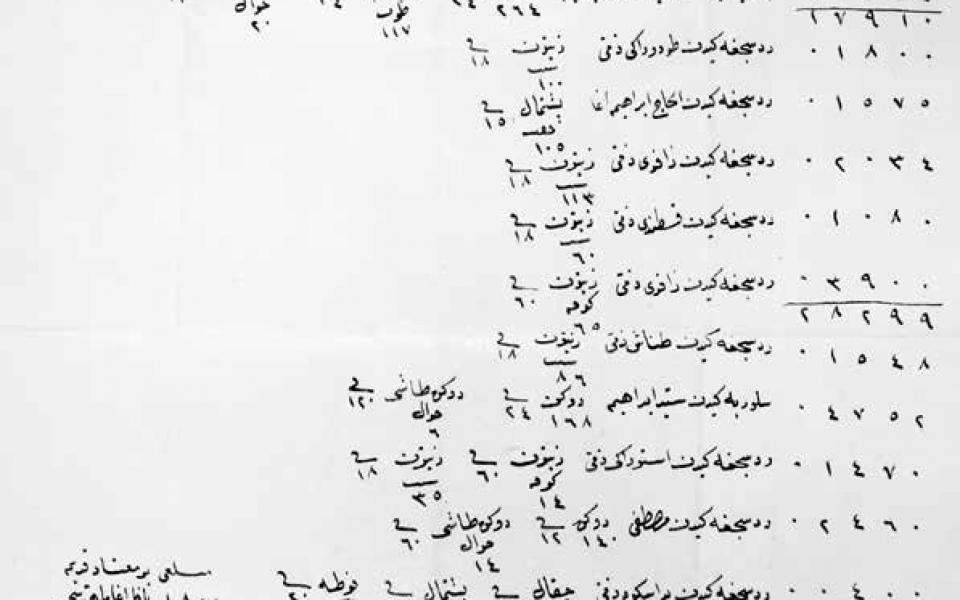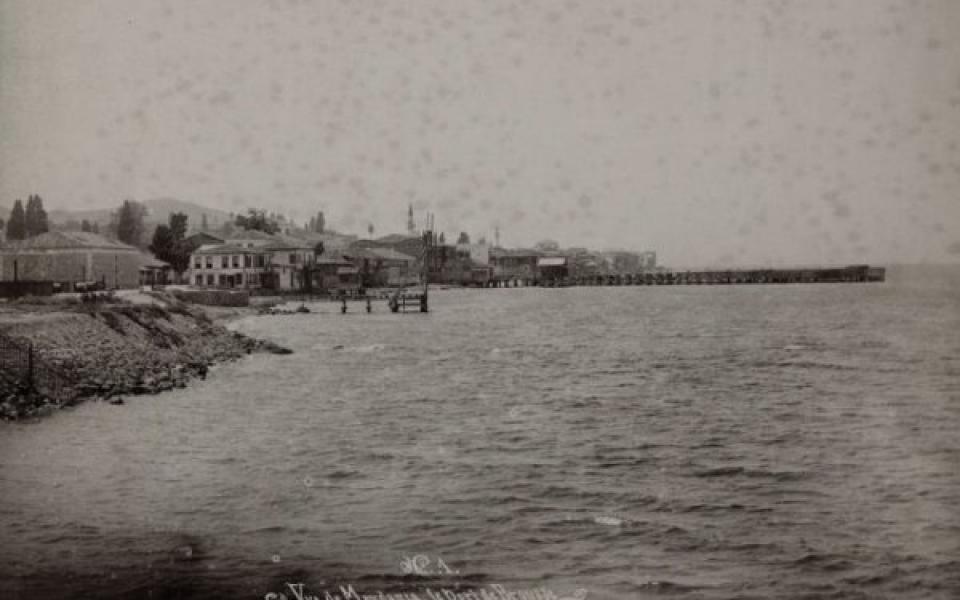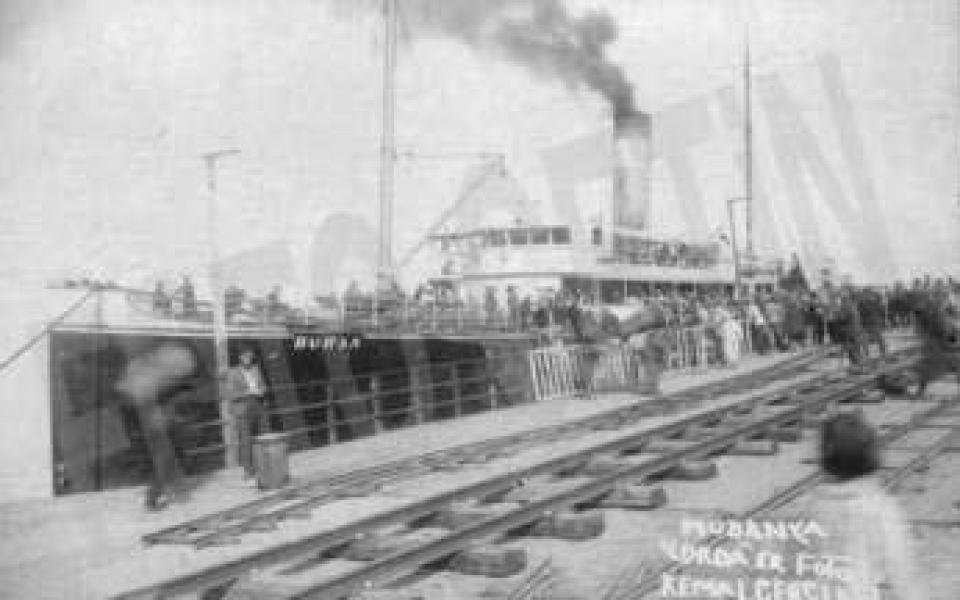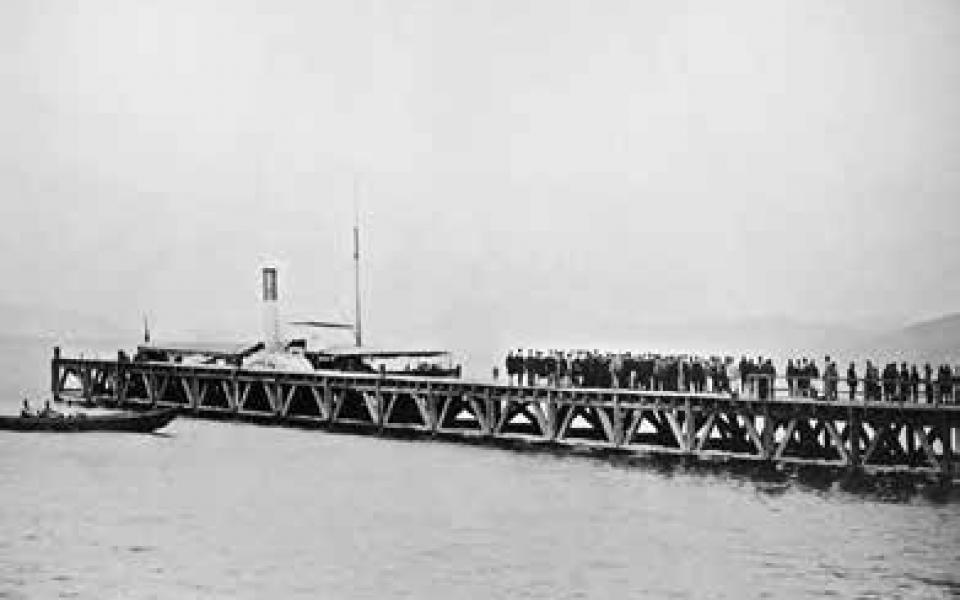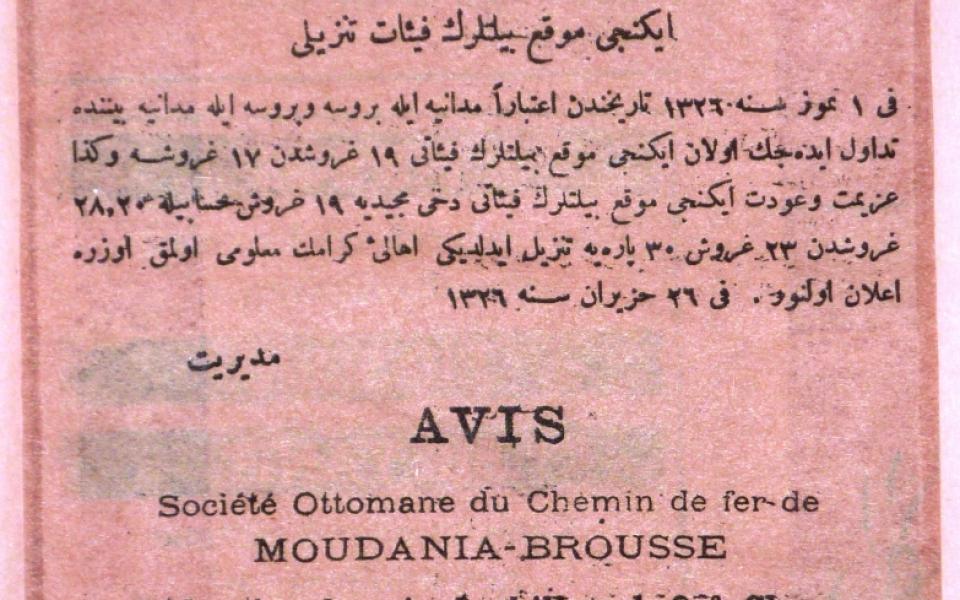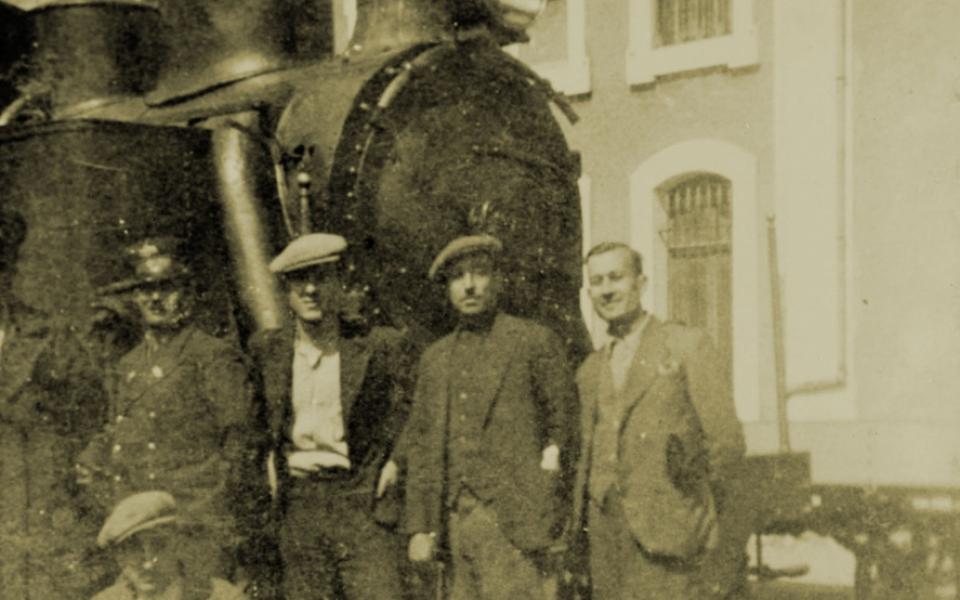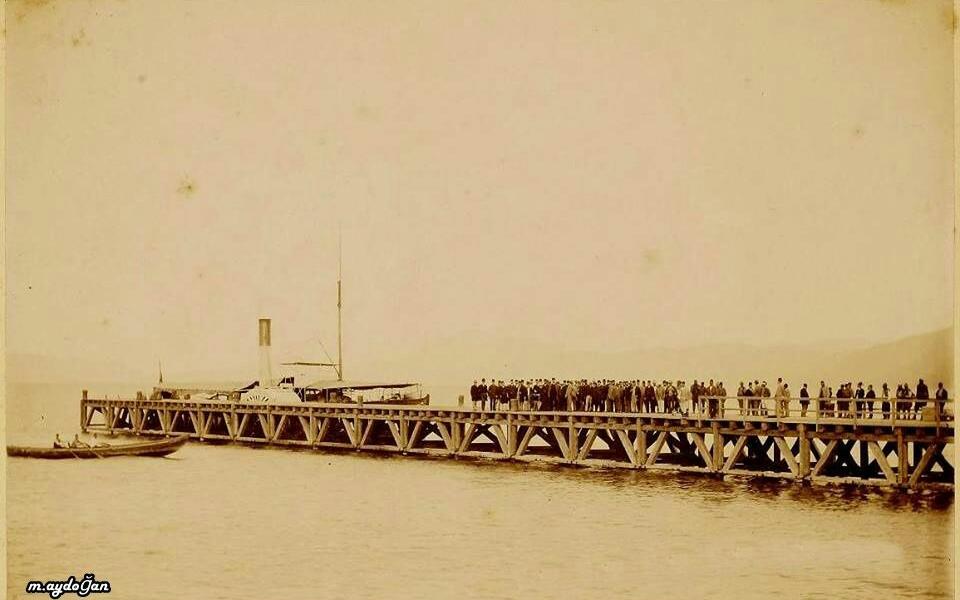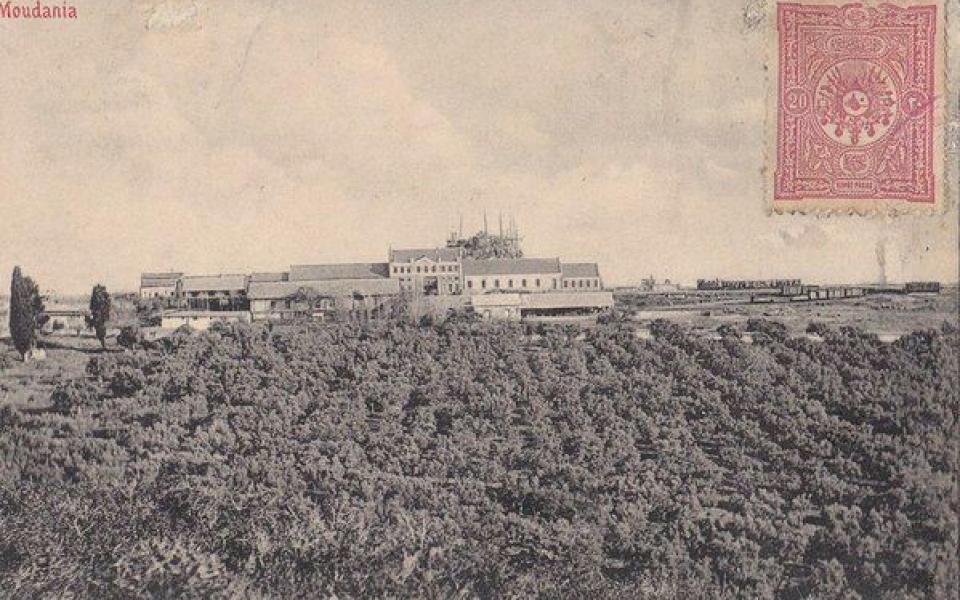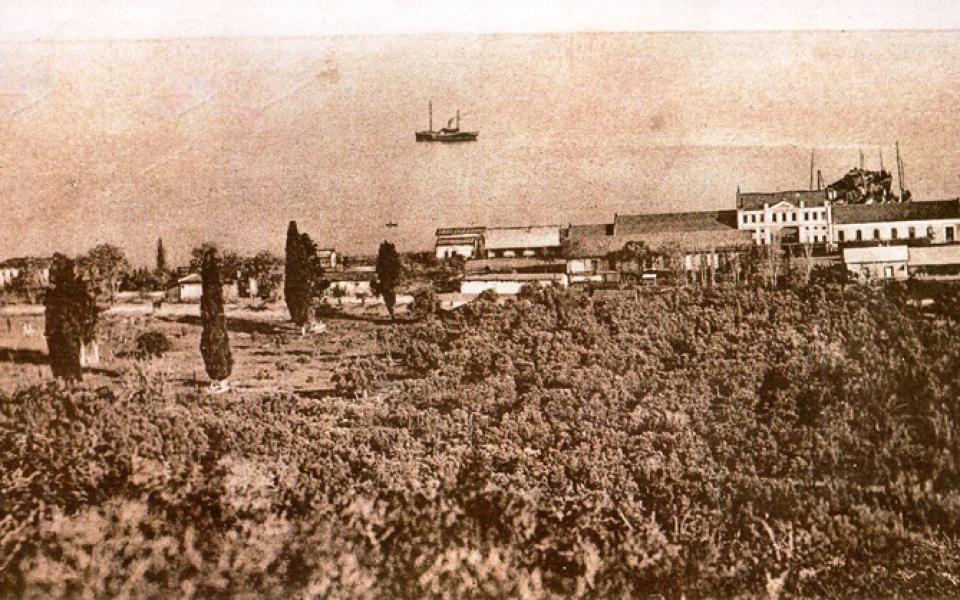
Magical journey from a railway station to an awarded hotel...
Mudanya Terminal, which is a seafront, lengthy building in Mudanya coastline was built in 1849 by French people as custom house. The importance that Otoman administrators gave on railway increased considerably in the second half of the 19th century. Sultan Abdülaziz had an edict published about the railway in 1871. The projected main line was between İstanbul and Baghdad. German engineer Wilhelm vonPressel was put in the charge of the Asia Otoman Railways that was established. The project of Pressel was beginning from Haydarpasa and Bursa-Mudanya line was taking place in this network. This grand building in quay was the most sumptuous and the most spectacular residence of the period. With the aim of making the raw silk thread export easy from Bursa to Lyon in France, a railway line of 42 kilometer length was built in 1874. Although 185.000 Ottoman lira (4 200 000 Franc) was spent to reach Bursa, it was not possible to operationalise the railway. After 17 years, it became possible to transport the silk produced in the factories in Bursa to Mudanya by railway and sent to the Marseiless by sea through scheduled service. Therefore the building which served as bonded warehouse became “Mudanya Train Station.” M. Nagelmakers who got the franchise founded Bursa-Mudanya Otoman Railway and put the line into service in 1892.This railway line which provided the transportation between Bursa and Mudanya for long years and which played a pivotal role in the transport of the goods produced in Bursa to Europe and various places in the world was cancelled by law enacted by Turkish Grand National Assembly on the grounds that it caused loss. (1940)
The train was extremely slow
The main reason of the cancel of the train was its not meeting the expected requirements and its being extremely slow. According to the rumors of the people who lived in that period, train was getting so slow on the slopes that the passengers; espcially kids could get out of the train and collect fruit from vineyards. After that they could catch the train and continue down the road. The rain that took off from Mudanya was arriving to the Bursa-Acemler Station in two hours. Since the railway was run by a foreign company, the timetables were arranged according to the european time zone. But this stiuation caused disarrangement. The community was warned with a written document by company asking passengers to arrange their time according to the european time zone in 5 September 1892. However, it was changed to the ottoman time zone later because of the common demand. There were three kinds of position in the train which made services between Bursa-Mudanya. The first position had red leather armchairs in the shape of compartment. The fare of compartment counted as luxurious compared to other ones was 10 kurus. The second position had green leather armchairs and the tickets were for 5 kurus. As the third position, two or three pieces wooden wagons which were not surrounded by anything were added to the train in summer. In a brochure published by Cemal Nadir in 1926, the train schedule price was such: The first position was 135, the second position was 98.30, and the third position was 60 kurus and a half ticket was charged for the kids at the age bracket of 4-10.
At those times, train was the most popular means of entertainment for the community of Bursa. On thursdays in summers, they were travelling to Mudanya by train. They were lying on the beach; enjoy the sea and the sun and sipping their tea steeped in samovar. After staying there a few days, they were travelling back to Bursa by train again. The entire beach was overflowed with people from Bursa till Burgaz.
From terminal to the hotel…
In 1922, “narrow gauge” in the quiet and beautiful coastal town of the present day Mudanya was described by American author Ernest Heminway as “a second class coastal town in dust and dirt” and it could offer service for 48 years. Mudanya-Bursa railway being unidrectional and being not connected to the other lines headed the fall of the train in this line. After the cancellation of the train and the removal of the line, the building of the terminal was used sometimes as storage and sometimes as a warehouse. After that it was not used for any purposes for long time.
Unfortunately, the historical building was worn out in this period, fell into ruin and was damaged significantly.
In 1989, the restoration of the ruined, almost annihilated terminal building was decided to be restored. Immediately a restoration project was set up. Enterpriser Sümbül Turizm A.Ş.-Fahri Esgin, Master Architect Mehmet Alper and Master Architect Mehmet Nursel undertook the Project. The building hired from Mudanya Municipal, has transofmed into its current form with a meticulous labor in three years. During the restoration, the structure’s preserving its authentic identity and shedding light on its historical properties were paid attention. The historical Mudanya terminal surviving for 163 years is entertaining its guests as MONTANIA SPECIAL CLASS HOTEL now.
Mudanya Train in memoirs…
Regis Delbeuf, in his book published in 1906, wrote about his journey by train as such:
“Tourists will get off the passenger ship to get on the train and they will be offered a clean and abundant food in dining car. While the various formalities like stamping visa on the missiles, carriage of luggage and its control are easily done by other passengers and officers, other tourists will sit around the dining table. Under the best comfort conditions, the train will set out on 12.30 and arrive to Bursa. Thus, one can save a half day for a tour plan to spend a few days at present.”
Occasionaly it was observed that the railway company allocated special vagons for tourists. As a matter of fact, it was observed that such a vagon was added during the tour of MaxMüler:
“We left Bursa early in the morning the next day by train. A special luxurious vagon was added for us. We sat on the comfortable canopy seats and were passing through this beautiful crop fields at peace. The surrounding farm-houses were seen and we were going down Mudanya by viewing the vineyards. White mulberry teas with light-green leaves grown especially for silkworms constituted one of the particularities of Bursa. Consul and the train engineer came with us till Mudanya. We found the British guardship waiting for us here.
Nafizade Ahmet Fuad came to Bursa in 1901 and the lines that he wrote about his journey by train are such:
“After a while, we got on the train. The train went up by taking off from a land full of olive trees. After a few minutes later, we arrived to the Yorgili/Yörüklü station. I have never seen any passenger getting off to this place. After passing by the bridge called Geçid Bridge, we arrived to the Kuru station. Only 2-3 passengers got off the train at this point. As it was the case in the previous station, the train set out after a few minutes halt.
After setting off from this station, we saw the beautiful landscape in Nilüfer brook following a valley. After passing through Nilüfer brook, the train which went down a valley again, arrived at Acemler station. This station was busier than the other ones.
The city was marvellous to behold from that point. While the train was going along, I was viewing the city of Bursa. When my friend said “Look!..Look..here is Bursa”, I was continuing to view Bursa. When we arrived to a place as “Waiting”, our train travel had come to an end.”
The observations of Mehmet Ziya who came to Bursa in 1890s are such:
The train, which was decorated with the most beautiful flowers, gliding through vineyards and orchyards by whistling, approached to the station. Train was decorated as if it was the bridal car of Anatolia. When the train set off and when we were also in the train, a worker died by getting trapped under the train inadvertently. Therfore we arrived at Bursa late. It takes 3 hours by car to travel to Bursa from Mudanya. Monsieur Howard complained about the irregularity of the train post when he came to Bursa.

